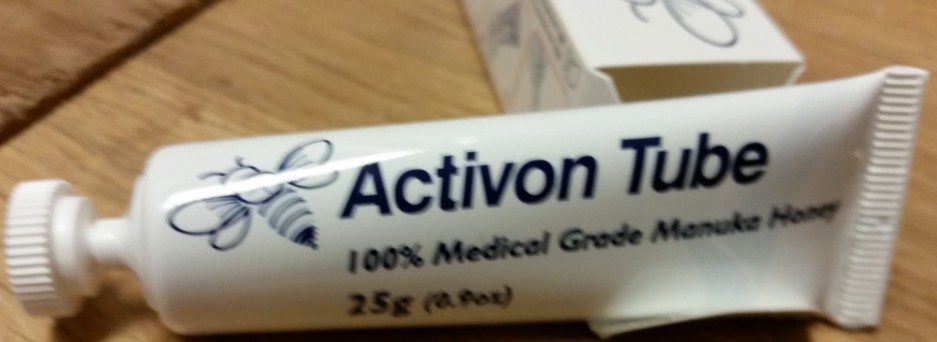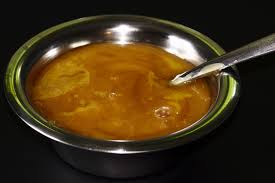Background Honey has been long utilised as a topical antimicrobial treatment for wound infection, with licensed medical products becoming available in the 1990’s. Whilst often still used as a last line treatment when other therapies have failed, manuka honey is broad spectrum with potent bactericidal activity. Some of the bacterial cellular targets for manuka honey are now known and more continue to be identified. For Gram positive organisms the primary mode of action is to disrupt the cell cycle leading to aberrant cell division and weakening of the cell wall; this is combined with an up-regulation of the general stress response [1,2]. In Gram negative organisms, particularly Pseudomonas aeruginosa, the major targets appear to be integral membrane proteins such as OprF which ordinarily stabilise the cell leaflet and without which, bextensive membrane disruption and eventual lysis occurs [3].
Essentially, studies have demonstrated that with short- and long-term training experiments, no resistance to manuka honey treatment emerges [4,5]. This is of particular significance in an age where antimicrobial resistance outstrips the rate at which new antimicrobial treatments are discovered and where there is real concern that species resistant to all known antibiotics could become rife. The problem of resistance can be exacerbated, for example when microorganisms grow as a biofilm. Such organisms are afforded intrinsic protection in the form of an extra-polysaccharide layer which restricts the diffusion of antimicrobials meaning that therapeutic doses do not reach all bacteria within the biofilm, causing infection to recur [6,7]. Therefore the biofilm mode of growth, by hindering diffusion, could provide an ideal environment whereby microorganisms are exposed to sub-lethal doses of antimicrobial thus providing a selective pressure for the emergence of resistance.
Previous studies have shown that following treatment of established biofilms of P.
aeruginosa biofilms, the bacterial biomass appears non-viable by fluorescent microscopy, but with a large amount remaining attached to the sub-stratum [8]. This study aimed to determine whether viable cells were in fact present within this biomass, since the published data showed only top-views of biofilms [8] rather than three-dimensional Z-stacks that might have revealed any embedded viable bacteria, deeper within the biofilm, and if so to ascertain whether these persistors exhibited resistance to manuka honey treatment. Here we report that isolates of P. aeruginosa, recovered from manuka honey treated biofilms, which appeared to contain only non-viable biomass, exhibited increased resistance to manuka honey treatment, a trait that was sustained despite repeated sub-culture. These isolates were also more resistant to other antibiotics and demonstrated enhanced bio film forming capacity.
For oders of Manuka Honey click this website :http://www.highlandproductfinder.co.uk/
The study retrieved from:Manuka honey treatment of biofilms of Pseudomonas aeruginosa results in the
emergence of isolates with increased honey resistance
Annals of Clinical Microbiology and Antimicrobials 2014, 13:19 doi:10.1186/1476-0711-13-19
Aimee L Camplin (st10003013@outlook.uwic.ac.uk)
Sarah E Maddocks (smaddocks@cardiffmet.ac.uk)


